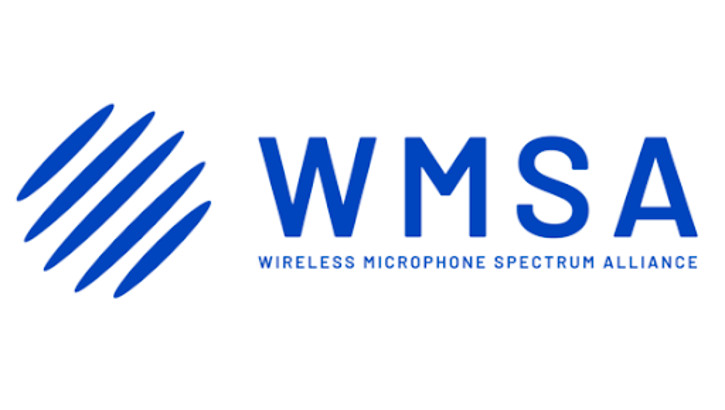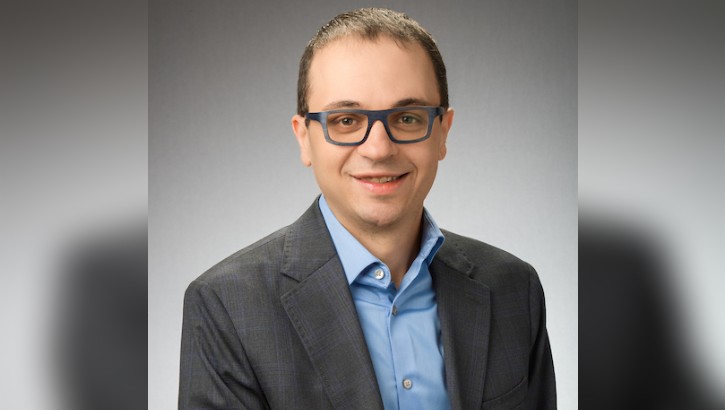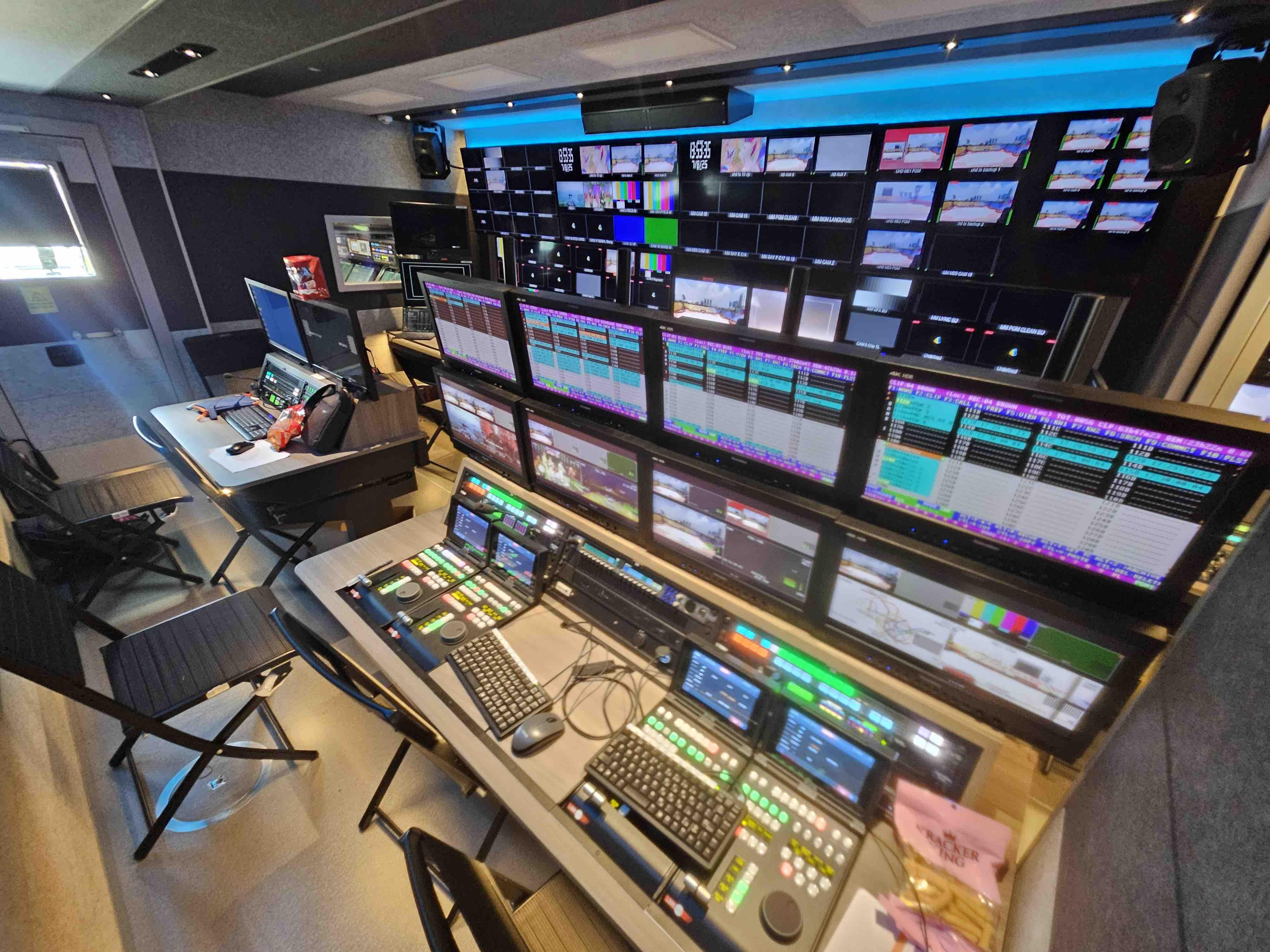Wireless Microphone Alliance Pushes Forward With FCC Filings
Group of more than 60 members led by Shure met with officials to advocate for RF spectrum

With more than 60 members, the Wireless Microphone Spectrum Alliance said it is actively advocating for its RF spectrum through meetings and filings in the Federal Communications Commission’s “Delete, Delete, Delete” open comments.
Its members are end users, content creators, live production service providers and equipment manufacturers, according to Shure, which founded the coalition in February.
The alliance held a kickoff call on March 24, outlining upcoming goals and plans.
Members filed comments during the FCC’s recent deregulation initiative, which included specific concerns regarding rules for Part 74 licenses and special temporary authorities. We detail them further below.
Part 74 and STA Proposals
An FCC Part 74 license allows a wireless microphone operator the use of power of up to 250 mW and the ability to reserve channels, along with access to additional portions of the UHF spectrum.
In its Part 74 filing, the WMSA argued that the current stipulation that requires applicants to certify routine use of 50 or more Low Power Auxiliary Station (LPAS) devices to qualify for a Part 74 license was “unnecessarily burdensome.”
The stipulation dates back to 2012, which the commission said was to balance other growth in the UHF TV bands, such as from operation of white space devices.
The professional video industry's #1 source for news, trends and product and tech information. Sign up below.
The WMSA contends that white space growth has not approached levels the commission anticipated, while wireless microphone usage continues to gain steadily. The alliance believes that the threshold should be removed altogether.
In its STA filing, the WMSA noted it is frequently used to access spectrum bands not assigned for LPAS, which require detailed applications and FCC approval.
“A process intended only for exceptional circumstances is now relied upon routinely to accommodate spectrum demand for wireless microphones,” the WMSA wrote.
Currently, applications for STAs for use of wireless microphones in spectrum bands not assigned for LPAS can be requested upon demonstration that their operation will not cause interference to established stations.
In response, the WMSA proposes to change the “shall obtain consent” requirement with a “shall notify” obligation for applicants, which it says will streamline the process.
It also advocated for STA requirements to be limited to within a 15-kilometer radius of the service to be protected and for low-power indoor use of currently restricted bands, such as 608–614 MHz and 1240–1300 MHz.
Discussions with the FCC and other Washington officials
Executives from Shure met with officials in Washington D.C., March 31–April 1 to advocate for the wireless microphone spectrum protection. The WMSA met with FCC Chairman Brendan Carr and Commissioner Nathan Simington.
Members from the White House’s FIFA Task Force, in advance of the FIFA World Cup 2026, were also present. A WMSA representative attended an FCC OET meeting to assist with an analysis of spectrum coordination of wireless devices that were used at the 2025 Super Bowl.
The alliance also hosted its first in-person meeting member event at NAB Show.
“The goal of this alliance is to advocate for access to the RF spectrum that allows those events to operate using wireless microphones,” a release said.
Interested members of the WMSA can fill out a form to join the coalition at Shure’s website.
Nick Langan is a content producer and staff writer for Radio World, having joined the editorial team in 2024. He has a lifelong passion for long-distance FM radio propagation and is a faculty advisor for 89.1 WXVU(FM). He is also the creator of RadioLand, an FM radio location mobile app, which he completed for his Villanova University graduate thesis.

